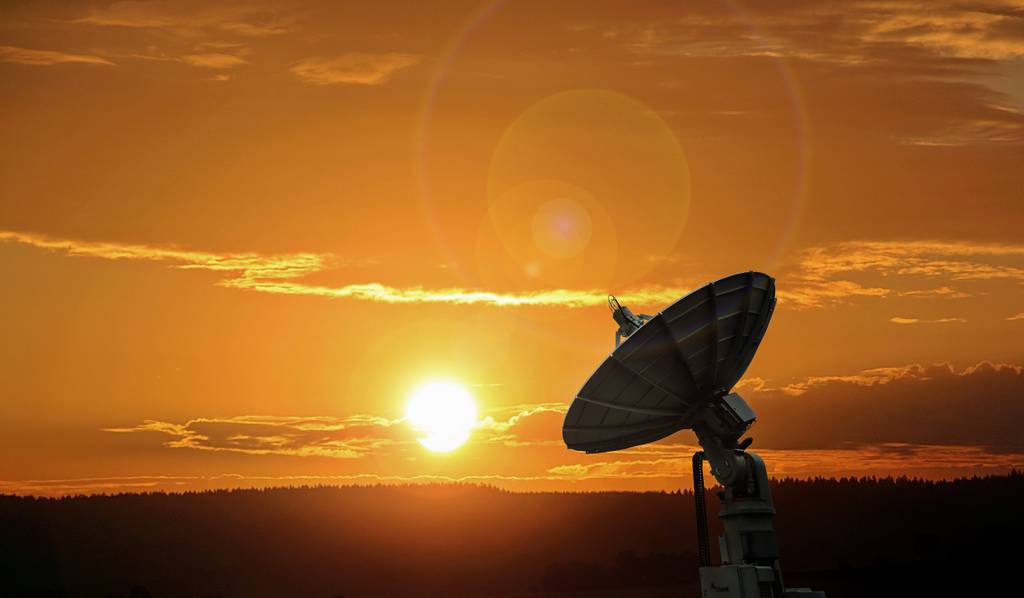One company hopes its near-real time satellite imagery will give it a distinct advantage as the National Reconnaissance Office seeks to expand its purchasing of commercial imagery.
Using a constellation of 36 micro-satellites, Capella plans to provide on demand Synthetic Aperture Radar imagery. Because the images are produced via radar, the satellites can provide three dimensional geospatial data regardless of weather.
“SAR is addressing the issue of the lack of ability to collect imagery in all weather and lighting conditions,†explained Dan Brophy, Capella’s vice presient of government solutions. “There’s a lot of (electro-optical) sensors … but they can’t see through clouds and they can’t see at night. That limits their mission capability.â€
That proliferated constellation also allows a higher revisit rate than smaller constellations. Brophy told C4ISRNET that Capella plans to deploy their first satellite around the end of the year and expects to have its full constellation of 36 satellites in place by late 2022.
Capella recently teamed up with commercial satellite company Inmarsat and Addvalue to offer real-time tasking to provide SAR imagery on demand. Whereas satellites typically need to wait until they are above their ground station in order to uplink tasks and downlink data, Capella’s micro-satellites will use Addvalue terminals to communicate with Inmarsat’s global L-Band satellite communications network for transmitting information. So instead of waiting for Capella’s satellite to directly connect with the ground station, users will be able to upload their tasks through Inmarsat’s global satellite network to get their order delivered in near-real time. Capella will also makes use of Amazon’s new ground stations, which means there’s even less waiting for any satellite to communicate with a ground station.
The deal is expected to make Capella among the first, if not the first, companies providing on-demand tasking for SAR imagery.
“Customers want high tasking priority and fast delivery of images. They haven’t really gotten that from past systems,†said Brophy. “A lot of users get low tasking priority, meaning they never get their data collected, and then when they do get the data, it comes too late to be useful for their need.â€
In a perfect environment, Brophy said the time between tasking the satellite and receiving the image could be as little as 20 minutes.
And Capella hopes this new capability will give it an edge up as the NRO is opening the door to buying more commercial imagery. In June, the NRO announced contracts with three satellite imagery providers: BlackSky Global, Maxar Technologies and Planet. Those contracts will allow the NRO, which is in charge of managing the nation’s spy satellites and acquiring satellite imagery for the intelligence community, to study the capabilities of the three companies and determine how the office can license and use the images.
That information will inform the NRO’s 2020 commercial imagery procurement, which Capella hopes to get a piece of.
Nathan Strout covers space, unmanned and intelligence systems for C4ISRNET.








